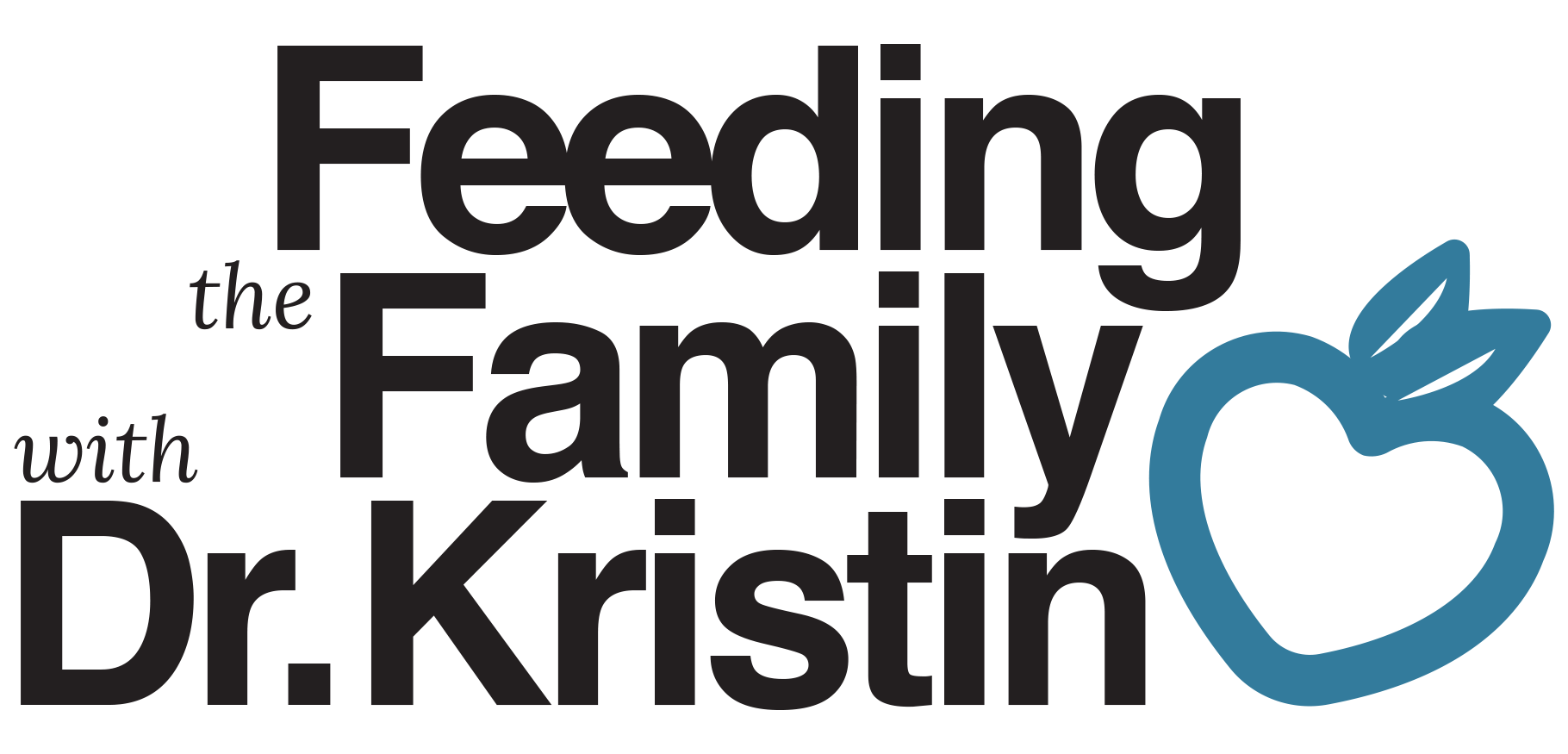The challenges of feeding a toddler can catch some parents off guard. The first year of life seems to involve so many feeding choices— breastmilk or formula? Purees or baby led weaning? Should I make my own baby food or is it ok to buy it? Does it need to be organic?
It’s easy to think that things will get better when your child starts eating “regular food,” but I dare you to find the parent of a toddler that says feeding their child is a breeze.
Somewhere around 15 – 18 months many parents are surprised to see that their once perfect little eater has suddenly become “picky”. That baby who happily accepted every morsel you put in front of her is now a toddler and refusing what used to be her very favorite foods. She is a fan of crackers and cereal but not her vegetables. In fact, it seems like she doesn’t eat much food at all.
Because we care so much about our children’s health and nutrition, this scenario can cause a lot of anxiety. That worry may lead us to adjust our approach to feeding in ways that may initially seem useful, but actually create bigger problems in the long run. However, a few useful tips can help parents to overcome the stress of feeding toddlers and can actually set the stage for healthy eating in the future.
1. Know what is normal.
Knowing what constitutes normal growth and development can help a lot in terms of what to expect of your child’s eating habits. As a baby, your child was in a very rapid growth phase and this was probably reflected in their frequent feedings and hearty appetite. However, as a toddler, that growth slows down substantially. As a result, they really don’t need much food. Most children are “intuitive eaters” and will innately down-regulate their food intake. Just knowing that your child is listening to their body and responding appropriately to its needs can help parents worry less and actually support their child during this phase.
It is also developmentally normal for children to become more finicky about what they will eat. I always think about toddlers during caveman times. If the caveman toddler was to wander away from his parents, it would be protective for that child to be suspicious about what he would put in his mouth. As kids are getting more mobile and independent, their developing brain is telling them that they need to be sure that what they put in their mouth is safe to eat. Over time, that child will learn what is safe and become more comfortable with a wider variety of foods, so long as they continue to be exposed to them. Again, knowing that this behavior (though sometimes frustrating) actually means your kid is developing normally can be very reassuring.
2. Prioritize stress-free meal times.
One of the best things you can do for your child throughout their life is to eat pleasant family meals together. Just sitting together, sharing food, talking face-to-face on a regular basis has been shown to have not only nutritional but also academic and behavioral benefits for kids of all ages. Focus on making mealtimes enjoyable and not so much on what or how much people are eating. Even if your child is still in a high chair, make sure she is pulled up to the table and engaged with the rest of the family. At the same time, maintain realistic expectations for how long a child is really capable of sitting at the table without making a fuss (around 10 minutes for most toddlers). Especially at dinner, keep in mind that your child may be tired, may not be hungry, or may be ready to move (say, if they have just come home from a long commute in the car). Making the meal less about the food and more about being together makes it easier to maintain the ritual of regular family meals and to confer all the benefits that come from them.
3. Maintain structure and boundaries.
Maintaining structure and boundaries can set you up for success. For structure, decide on a loose daily schedule for meals and snacks (most toddlers do well with 3 meals and 2 snacks). It doesn’t need to be rigid, but the daily schedule should be fairly consistent. Avoid letting your toddler graze in between so they are more likely to come to your planned meal or snack hungry. Even if they didn’t eat much (or anything) at one meal or snack you offered, avoid the temptation to give them a replacement. Instead, wait until the next regularly scheduled eating time. Stick with water (not milk, which can be much more filling) between meals. A little hunger can be a great motivator to try some unfamiliar or less favored foods.
Setting boundaries for feeding toddlers is all about dividing responsibilities. As the parent, your responsibility is to decide where, when, and what will be served. Your child’s responsibility is to decide how much they will eat of what is offered or if they will eat at all. The important thing here is to respect each other’s boundaries. As the parent you can decide to include some of your child’s favorite foods in the rotation, but ultimately you get to choose what is served. On the flip side, you should not try to restrict, force, or coerce your child into eating more or less than they want to.
Though it may take some time to adjust, being consistent with structure and boundaries helps to eliminate mealtime battles and increases the chances that your child will try and enjoy a wider variety of foods. It encourages children to listen to their hunger and satiety cues rather than override these sensations which can lead to habitual over-eating and disordered eating. Research shows that when parents try to force or coerce children to eat more or less than they want to, it usually backfires.
4. Cook one meal – but be flexible.
One of the best things you can do to combat picky eating AND save your sanity is to only cook one meal. Your kitchen is not a restaurant and you are not a short order cook. It is ok, however, to allow some flexibility in dishes when appropriate. For example, if you are making tacos, allow everyone to decide what toppings they do or don’t want on their taco. The same may be true for pasta or hamburgers. Consider putting a sauce on the side to allow eaters to add as little or as much (or none) to their dish if they like. This flexibility can allow toddlers to “ease in” to some more complex dishes and add more ingredients and flavors as they grow!
5. Keep offering the foods you want your child to eat.
If you offer your child a particular food and it is met with adamant rejection, you may resolve yourself to the fact that your child HATES that food. You may be right…for now…but do not lose hope! It may take several exposures (maybe 15 or more!) to a new food for your child to develop a taste for it. Even if you know your child usually rejects a certain food or category of food (like meats), continue to offer it to them with their meals, even in very small quantities. Science shows that the persistent exposures over time yield impressive results for improving “picky” eating.
6. Give yourself a break.
You are reading this article because you care deeply about your child and they are lucky to have you. No matter what they will or won’t eat— your love is the most important thing they need. Following the advice listed here will help you set your child up for healthier eating habits and a more varied diet, but you don’t have to be perfect. Some days the plans will fall apart and you may all end up eating chicken nuggets and cheese crackers for dinner. That’s ok.
Don’t get caught up in comparing yourself and your family to the perfect pictures you see on Instagram. None of that is real. Do your best and, when you fall short, forgive yourself and move on—tomorrow is a new day! Be realistic about what you can accomplish and find shortcuts, helpers, and easy recipes you can prepare quickly on busy weeknights!
7. Keep regular appointments with your child’s physician.
Make sure your child is getting regular checkups to ensure that they are, in fact, growing and developing normally. If you are worried that there is something more significant than just normal toddler “pickiness”, or if your child seems sick, in pain, or overly tired do not hesitate to seek medical attention right away. Although most finicky eating can be normal, there are medical conditions including food allergies and sensory issues which can require more intense or specific interventions. Talk to your child’s doctor if you have concerns!

